Browse by Tag
- "Real" Innovation (2)
- Alignment (6)
- Business Innovation (9)
- Business Plan (2)
- Business Plans (1)
- Creativity (24)
- Critical Success Factors (4)
- Entrepreneurship (9)
- Global Competiveness (4)
- Human Side (11)
- India (1)
- Innovation (4)
- Innovation Consulting (18)
- Innovation Killers (3)
- Innovation Management (18)
- Innovation Tools (17)
- Innovation Training (24)
- Innovations (7)
- Inventions (16)
- IT Innovation (1)
- Leaders (5)
- Leadership (20)
- Leadership Development (13)
- Organizational Leadership (2)
- Organizational Strategy (20)
- Personal Values (6)
- Prediction (5)
- Strategic Innovation (38)
- strategic planning process (4)
- Strategy (3)
- Training (1)
- Vision (5)
- Weekly Dose (8)
Posts by Month
- 2014
- 2013
- 2012
- 2011
- 2010
- 2009
- 2008
- 2006
Google acquires 1,000 IBM patents
Google has acquired 1,000 patents from IBM.
According to the SEO by the Sea blog, which first reported the purchase, Google bought patents that stretch across several different markets, including one for "Web-based querying" and another for the "fabrication and architecture of memory and microprocessing chips." Google's newly acquired patents also relate to servers and routers, The Wall Street Journal reported.

The price tag for the patents hasn't been publicly disclosed.
Google's acquisition of IBM's patents is a consolation prize for the search giant. Late last month, Apple, Microsoft, Research In Motion, and a few other companies announced that they had acquired 6,000 patents and patent applications from bankrupt telecom-equipment company Nortel Networks. Google had initially offered $900 million for that patent portfolio. Read more
Source: CNET News
Using Ink Jet Technology to "Print" Organs and Tissues
Just recently, researches have successfully “printed” a living blood vessel using a fluid containing a brew of blood-vessel cells and muscle cells. This is an ingenious application of 3D printers — remarkable devices that can create three-dimensional objects by applying multiple layers of a liquid construction material.
Printing organs and tissues may sound like science fiction. But, Wake Forest Institute for Regenerative Medicine (WFIRM) laboratory is using modified ink-jet technology to do just that. They have utilized inkjet printing technology to build heart, bone, and blood vessel tissues.
Living tissues are composed of multiple cell types arranged in a very specific order in three-dimensional space. Maintaining this structure is important to ensure that engineered tissue and organs have normal function.
Inkjet printing technology offers a possible solution to this complex problem because it allows us to precisely arrange multiple cell types and other tissue components into pre-determined sites with high precision. Multiple cells types are placed in the wells of a sterilized ink cartridge and the printer is programmed to arrange these cells in a specific order.
Printed blood vessels could have tremendous applications in surgery. For instance, a patient awaiting bypass surgery could have blood vessels printed in the days leading up to the procedure — with the vessels made from a small sampling of his or her own cells. The ultimate vision is to print complete organs — even new hearts — as an alternative to transplants.
For military applications, WFIRM will develop an adapted ink-jet printer to provide on-site "printing" of skin for soldiers with life-threatening burns. Skin cells will be placed in the print cartridge, along with a material to support them, and will be printed directly on the wound.
Source: Wake Forest Institute for Regenerative Medicine (WFIRM)
Infographic: How Educated Are Successful Entrepreneurs?
Is there a correlation between entrepreneurial success and a founder's educational background? A survey conducted by the Kauffman Foundation attempted to find out. Below is a visual representation of the results.
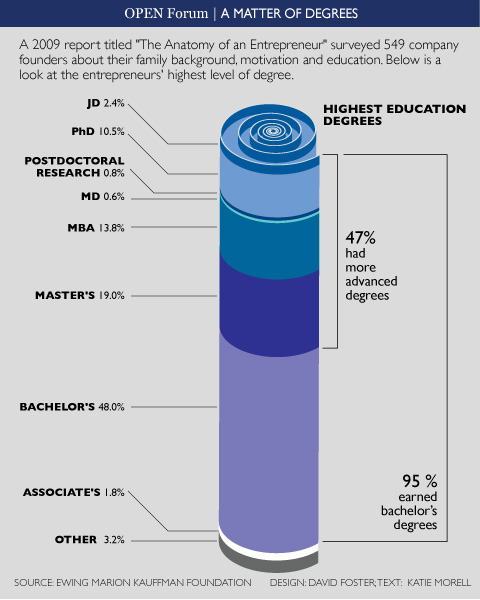
Source: Open Forum
Cool Innovation: Toyota's New Steering Wheel Knows If You're Having A Heart Attack
Toyota to Integrate ECG Sensors Into Steering Wheels
Toyota ECG steering wheel Hypochondriacs, rejoice. Toyota is reportedly working on a steering wheel with an electrocardiogram (ECG) built in. In the future, your car will be able to tell you if you have arrhythmia--or even if you're having a heart attack.
With a built-in ECG, the new wheel could stop the cars of people under distress, and also serve as a mini-checkup every time you turn the keys.
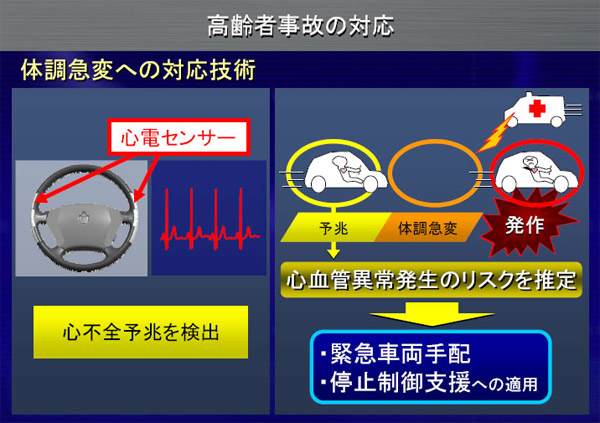
Hypochondriacs, rejoice. Toyota is reportedly working on a steering wheel with an electrocardiogram (ECG) built in. In the future, your car will be able to tell you if you have arrhythmia--or even if you're having a heart attack.
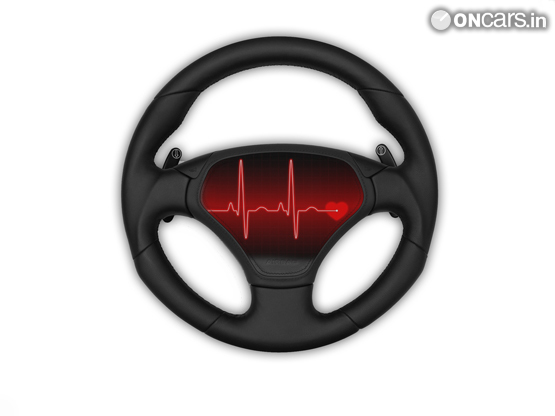
The setup is simple: Contact sensors embedded in the steering wheel detect abnormal heart rhythms via the driver's hands. Toyota recently showed off a Prius outfitted with the steering wheel to a group of reporters at one of its Japan facilities, according to Medgadget. The ECG info was shown on the in-car navigation screen--meaning that one day, you could casually check your heart rate along with the weather and local news.
Toyota isn't the only automaker that wants to put health-related technology in its vehicles. Ford is also working on a car seat with a built-in heart rate monitor, which can measure the human heartbeat through clothing without any need for skin contact. ...read more
Source: FastCompany
MEDICAL BREAKTHROUGH: Human organ constructed and implanted
Many patients don’t survive the waiting list for a donor organ.
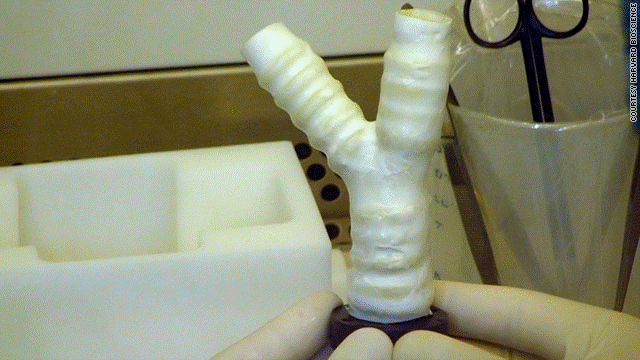
Recently, medical community announced that a patient received a trachea (“windpipe”) that was created with the patient’s own stem cells. (Stem cells are a versatile type of cell that can transform into many types of cells. http://1.usa.gov/ubcAp)
The trachea was constructed with an artificial “skeleton” of a spongy material which was then immersed in a solution of stem cells. The cells grew into the sponge material, creating a living organ in less than two weeks. The resulting trachea was then implanted into the patient (who was suffering from tracheal cancer). The patient’s body accepted new-formed organ as if it was the original trachea.
In theory, the same process could be used to create other, more complex organs: glands, liver, lungs, heart, etc.
This is lot like when the NASA space program started in 1960s with small experiments of unmanned flights. We are very early in the stages of ‘manufacturing human organs’ as an industry. But based on this breakthrough, it is very likely within next 25 years, that our children easily will have access to such constructed organs as easy as knee surgery today.
For more information and additional photos, take a look at a recent article at CNN http://bit.ly/qAibNI.
Source: CNN
Old Clothing Glued Together, To Form Mega-Stylish Chairs
And they’re actually sturdy!
Far too many people toss their outdated clothes or, worse, send them to Salvation Army assuming, wrongly, that someone else wants to snatch up a pair of 1987 Z. Cavariccis. Tobias Juretzek ain't one of them. He takes his old shirts, jeans, and other garments and turns them into something actually useful: furniture.
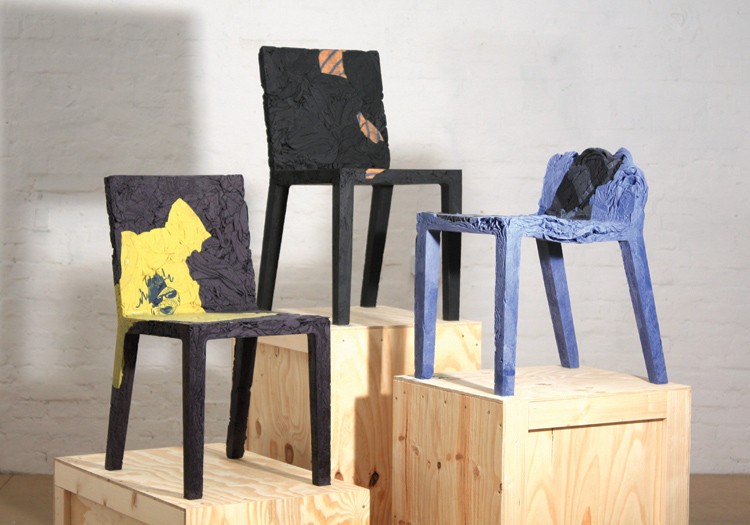
Juretzek, a German designer, throws together disused clothes to create stylish little chairs that could almost pass for something you'd find around the dining-room table, if not for the occasional exposed zipper (ouch!).
Source: Fast Co.Design
How to Innovate in 1 hour a week
How great business innovators are made (not born)
The key to being more innovative is to fence off an hour a week to simply sit and think, says creativity consultant Todd Henry. Setting aside a regular time for reflection lets executives see connections they might miss while they're trying to get work done. "This is not time to do work. This is time to think about work," Henry says.

Not long ago, creativity guru Todd Henry recommended to one of his consulting clients, a high-ranking manager, that he set aside one hour a week to generate new ideas -- "one hour, predictably scheduled, no exceptions and no violations," Henry says in his book, The Accidental Creative: How to Be Brilliant at a Moment's Notice. "This is not time to do work. This is time to think about work."
That executive's reaction, Henry recalls: "He fired back at me, 'What?! You just want me to sit around and think?!" Read more...
Source: Fortune - Anne Fisher
Six Designs For Houses That Cost Just $300 To Build
300 House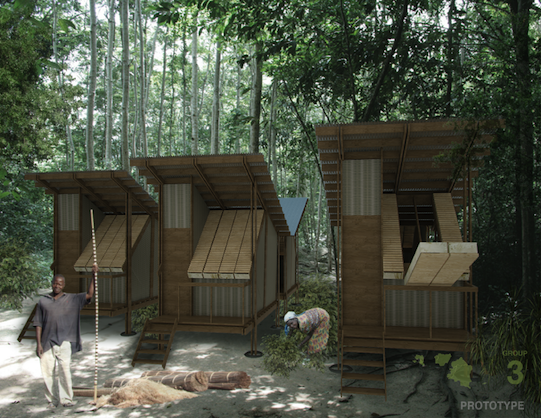
Shelter is one of humanity's most basic needs. But a house is a luxury beyond the wildest dreams of most people in the developed world--leading to dangerous and unsanitary shantytowns, which compound the problems of poverty and disease. The $300 House Project, for which designers were asked to figure out a way to construct a simple house for $300 or less, aimed to solve this problem, by creating cheap and simple to build houses that could be built on a massive scale. The winners--judged by luminaries like Yves Behar and Umair Haque--were recently announced.
300 House Origins
The idea started with this simple napkin drawing of what a $300 house could look like (though wall-mounted tablet computers were unrealistic) and a challenge offered in a series of posts at the Harvard Business Review by Vijay Govindarajan and Christian Sarkar. The contest itself garnered 300 submissions and resulted in six winners, which will take the next step of actually prototyping their designs.
DVS
In its design, DVS envisions a simple house made of compressed earth blocks and a wooden frame. A corrugated metal roof is raised slightly from the house to provide air flow. What's more interesting than just the design for one $300 house is DVS' plan to build the houses together in compounds with a central courtyard, which is where activities like cooking and washing would take place.
ArchitectureCommons

The main focus of ArchitectureCommons's plan is not just a house, but a new economic system. By creating local cooperatives that make earthen bricks, AC believes the entire structure of the house could be manufactured for free. Maybe a sneaky way around the rules, but also a potentially game-changing innovation for poor communities in need of housing and industry.
Elsap11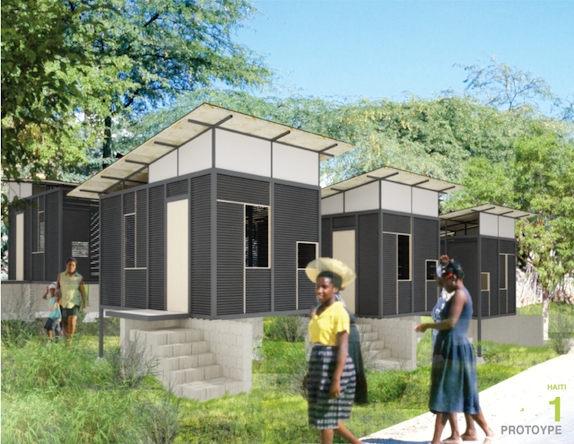
The design of Elsap11's house involves a concrete base, and cardboard tubes impregnated with tar. A raised roof keeps away the elements but also allows for ventilation.
iLines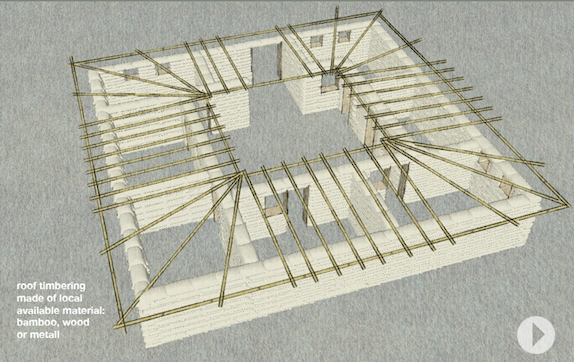
iLines envisions a series of houses centered around a central courtyard. Its design also uses earth-filled bags, supported by wood or bamboo. The roof can either be made of bags filled with a light-weight material or, in wetter climates, a combination of cardboard and scrap metal
PSouter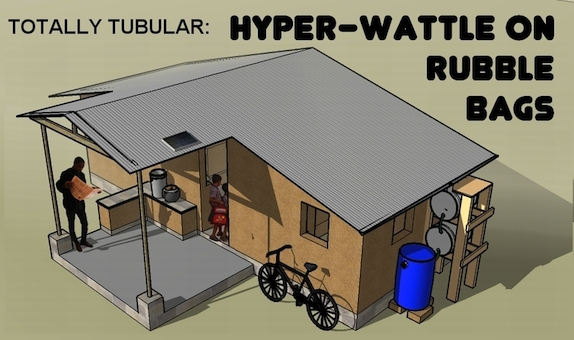
PStouters' design features a base made of bags of dirt (easily obtainable), topped with rows mesh cylinders filled with clay. The desin allows for the simple addition of extra sleeping areas or of a cooking porch, to keep cooking smoke outside the main house. For different climates, it can be insulated or have windows added for little extra cost.
Rogerio AA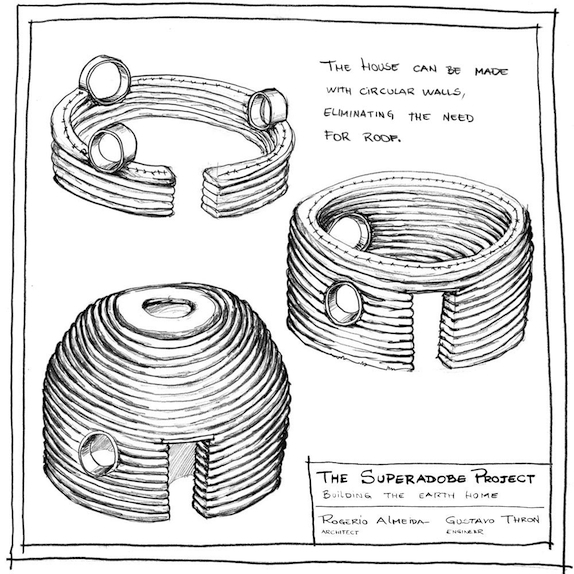
Instead of filling bags with dirt, Rogerio Almeida's SuperAdobe project involves filling plastic tubing. The tubes can then be laid down to create the walls of a building. They can even be wrapped around in concentric circles to create a beehive effect, eliminating the need for a roof.
Facebook announces video calling, powered by Skype
Facebook co-founder and CEO Mark Zuckerberg today announced video calling, powered by Skype for its 750 million plus users. The video functionality has been built it right into Facebook Chat, so all your conversations start from the same place. To call your friend, just click the video call button at the top of your chat window (though there is a one-time setup you will have to go through first).
Facebook has just announced a major new feature that it’s launching in tandem with Skype: video calling.
It’s a feature that’s been rumored for quite a while, and it’s one that Facebook is putting a lot of weight behind. Now, whenever you browse to a friend’s profile, you’ll see a new button nestled between the ‘Message’ and ‘Poke’ buttons that says ‘Call’. Click that, the other user will see a popup asking if they want to accept a call, and you’ll be immediately connected (you’ll need to install a small plugin the first time you use the service).


You’ll also see video calling integrated into Facebook’s Chat product. Really, you can’t miss it — Facebook is launching a new chat sidebar today that’s hard to miss (by default it takes the entire right side of the screen), and the first time you click on any user you’ll see a prompt asking if you’d like to make your first video call.
Bionic glasses for poor vision - Artificial sight
Interactive bionic vision
Computer aided visual prosthetics hope to restore vision in blind and poorly sighted individuals.
It has recently become possible to improve or restore sight for some people who are visually impaired or blind.
One technique is for surgeons to implant a tiny electrical chip into the eye to provide a stronger signal into the retinal cells. We're developing another technique that uses computer vision to simplify the visual scene so as to improve the ability of visually impaired people to recognise things around them.

This exhibit has interactive simulations that allow visitors to experience what the world looks like through each of these techniques and to explore the hardware that make up the next generation of visual prosthetics.
Here’s an interview with Dr Stephen Hicks from the University of Oxford about his exhibit Artificial sight: Interactive bionic vision.
Source: The Royal Society

